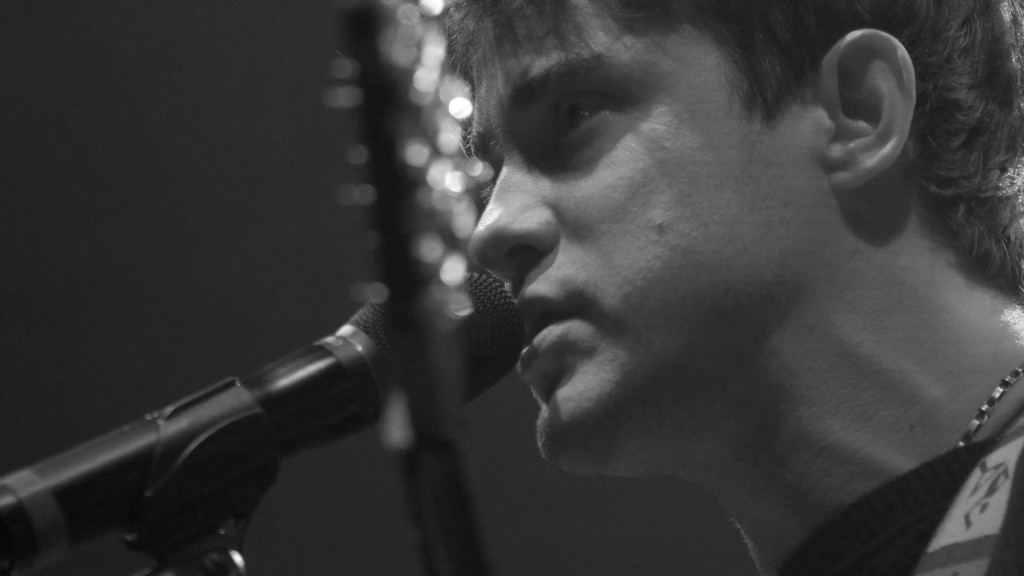Do you love to draw animals? Drawing baboons is an exciting and rewarding task.
Discover how to capture their energy, expressive features, and personality in just a few strokes! All you need is a little planning, some practice, and a few tools to achieve lifelike baboon portraits.
Let’s start with the sketch. Start with light lines, then gradually build them up as needed. If you’re using a mechanical pencil, sharpen the dull ones and get yourself plenty of fresh erasers. Once you have the lines and proportions down, start to refine them by adding details and emphasizing the values that define the shapes. The baboon has unique traits like its facial hair, a large mouth, and distinctive eyes. Bring these out for a realistic illustration.
Next, add shadows to bring out the details. You can shade with the pencil, or use the methods of smudging, hatching and stippling. Concentrate on the darkest areas and blend these lines together until they are soft and subtle. To get the baboon’s features right, apply value changes and transitions in a way that make it look real.
Now refine the details of your baboon drawing. Make necessary lines thicker and erase any unnecessary lines. Now add final details like furs, wrinkles, eyes, nostrils and other elements that will give your baboon character and uniqueness. Make sure not to rush and place each line with precision and care.
Experiment with different materials, including chalk pastels, ink, or markers. Use different textures, strokes, and patterns. It will add uniqueness and life to your artwork. The baboon’s fur can be shaded in complicated ways that not only show form and value, but also movement and mood. Perfect for reaching a highly realistic and three-dimensional result.
Now its time to add the finishing touches. Layer the surface by adding a few final touches with a darker color here and there. This will create volume and its also a great way to achieve a more interesting result. Also add layers of color, use washes and glazes, smudge and blend shades and details for an even more realistic rendering of the baboon’s fur.
Last but not least, stand back and have a look at your work of art. It’s important to pause occasionally to compare your drawing to the original and decide what could be improved or let go of.
Now that you know the fundamentals, you can get creative by adding your own favorite techniques and details to the baboon drawing. With a little practice and tons of creativity, you’ll have a realistic baboon drawing to be proud of!
Explore the potential of different tools to achieve a result that speaks to you. Try drawing the baboon with a pallet knife. Or why not trying watercolors? Once you’ve got the basics down, start to experiment and push your skills to the limit to achieve the perfect baboon portrait.
The best equipment doesn’t necessarily bring you the best result. Find freeform moments to unlock your creativity and sharpen your skills. Weave in subtle elements as you go along to create texture and movement in your drawing. Thick lines, thin lines, pen, pencil, eraser, charcoal, soft and hard edges and a few fresh perspectives to help you get the look you want.
Don’t forget to focus on the fundamentals and practice, practice, practice. Get a feel for the many nuances of drawing a baboon and observe the way it moves to give life to it’s portrait. And, most of all, have FUN and enjoy the feeling of learning something new!

